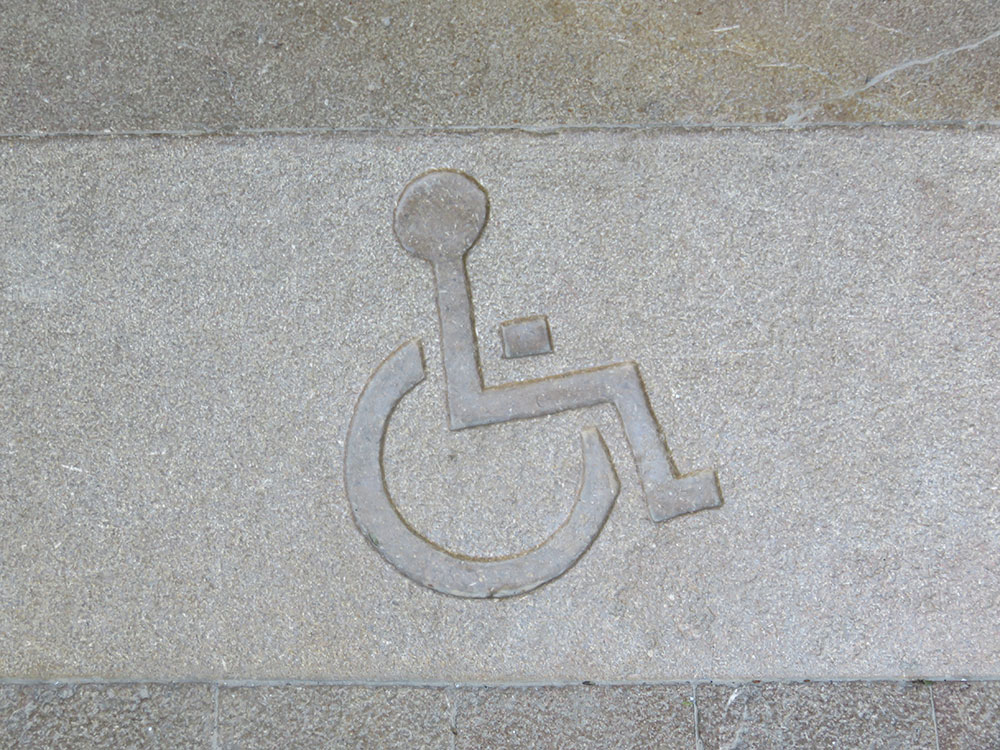As children across Serbia enjoy their summer break, for some children the next school year can’t start soon enough. It may be their first chance to get an education. The Serbian government formally pledged in June that all children with disabilities will be able to go to school.
This is no small step. Thousands of children with disabilities in Serbia are not enrolled in school. Now we are told that they will finally have a chance at an education, and an inclusive one at that, to learn side by side with their peers with and without disabilities, as well as to enjoy school trips and after-school activities.
In a June 8 letter to Human Rights Watch, education minister Mladen Sarcevic promised to ensure “access, inclusion and participation of every child, student, and adult in quality and inclusive education.”
We are encouraged that the education ministry is announcing concrete measures to ensure that children and youth with disabilities no longer miss out on education.
The key is to make this a reality.
When I started conducting research on the topic in Serbia in November 2015, I met many children with disabilities who were not in school. In fact we found that up to 50 percent of children with disabilities who lived with their families were not enrolled in school. The percentage is even higher – 70 percent, according to the government’s 2017 figures – for children with disabilities in residential institutions, where they may spend their entire lives separated from their families and communities.
Take for example the institution Kolevka (Cradle) in Subotica. When I visited in October 2017, I found that little had changed since my first visit two years earlier: only 22 children of 167 living there attended school. Only one child went to a mainstream school in the community. Other children went to a special school for children with disabilities.
The education minister’s letter promises that children who live in institutions will also be enrolled in schools in the 2018-2019 school year. The ministry developed a targeted action plan to address the situation in Kolevka, which has the highest percentage of children out of school among these institutions, with the aim to include these children as well.
In 2015, I also met hundreds of young people with disabilities who were between the ages of 18 and 26, and who live in institutions. The majority of them have not spent one day in school. For example, none of the 69 young people with disabilities in the Stamnica Home for children and adults with disabilities in eastern Serbia were enrolled in any formal education when I met them.
“We put the television on or they spend their time in the workshop [drawing or learning life skills],” a caregiver working in the institution told me. Miroslav, then a 17-year-old boy with physical and intellectual disabilities, told me, “I used to go to school, but since I arrived here seven or eight years ago, I stopped.”
The ministry has also promised to include these young adults in their education programs, helping to bridge the gap of years of missed education when they were younger. Officials have already identified cases of good practices of inclusion in Serbia with the aim of extending those kinds of opportunities to youth who have not received an education.
Serbia should carry out its law on education from 2013, which prohibits discrimination against people with disabilities in access to education and sets minimum inclusive education standards. The government should also step up its efforts and adopt by September the national Action plan for inclusive education 2016-2020. The Action plan provides concrete measures that the government, schools, and communities need to take to ensure that children with disabilities attend mainstream schools. Two years have passed since the action plan was announced, and Serbia should move ahead without delay to carry it out to ensure that children with disabilities are included when school opens this September.
Inclusion is not just about placing children with disabilities in classrooms with children without disabilities. It’s about giving all children the education they are entitled to. It’s about individual education plans, a diverse student body, accessible school buildings, and teachers trained to adapt to different learning abilities and styles.
The ministry should ensure children and adults with disabilities go to schools in their communities, not special schools exclusively for children with disabilities. Children are isolated in these schools and rarely have the chance to interact with children without disabilities to learn important life skills in a real-world environment.
Denying children with disabilities the chance to go to an inclusive school is a denial of a basic right and of the chance for children with and without disabilities not only to learn together but to develop friendships, relationships, and mutual respect.
At the end of the day, all students win and will have one more reason to celebrate the start of the school year.
The author is a senior disability rights researcher at Human Rights Watch.
Peščanik.net, 12.07.2018.



